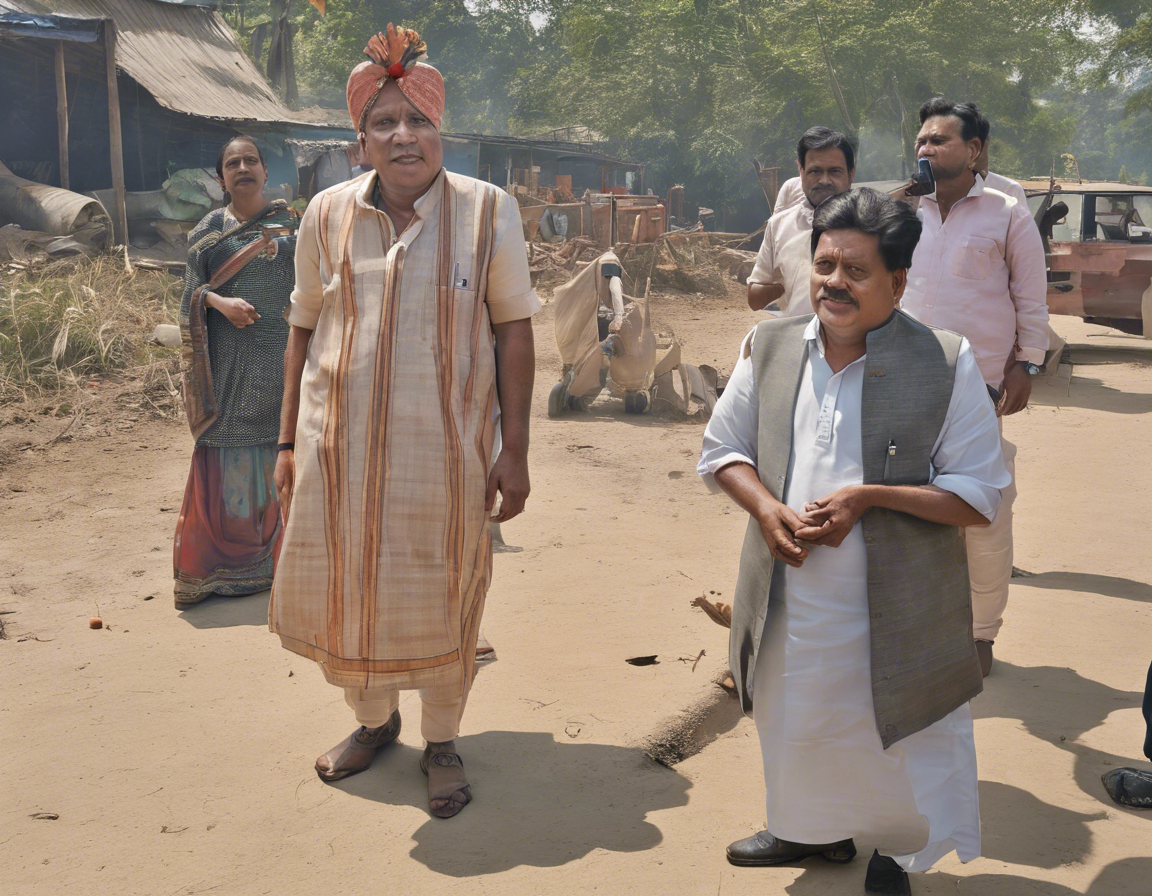A Chief Minister (CM) holds a pivotal position in the state government, entrusted with multifaceted responsibilities that impact the lives of millions of people. The role of the Chief Minister is crucial in ensuring effective governance, policy formulation, and administration within the state. Let’s delve deeper into the responsibilities of a state’s Chief Minister, exploring the various facets that define this significant position.
Role and Responsibilities of a Chief Minister
1. Head of the State Government
As the head of the state government, the Chief Minister is responsible for overseeing the functioning of the state administration. They play a pivotal role in setting the agenda for governance and ensuring that government policies and programs are effectively implemented.
2. Chief Executive
The Chief Minister acts as the chief executive of the state and is responsible for the day-to-day administration of the state government. They are tasked with supervising the various departments and agencies of the state government to ensure smooth operations.
3. Policy Formulation
One of the key responsibilities of the Chief Minister is to participate in the formulation of state policies. They work closely with the cabinet colleagues and other stakeholders to develop policies that address the needs and concerns of the state’s residents.
4. Legislative Responsibilities
The Chief Minister plays a crucial role in the state legislature. They are the leader of the house in the state assembly and are responsible for representing the government, presenting government policies, and responding to questions from the members of the opposition.
5. Budget
The Chief Minister, along with the Finance Minister, plays a significant role in budget formulation for the state. They are responsible for presenting the state budget in the legislature and ensuring that financial resources are allocated in a manner that reflects the government’s priorities.
6. Administration and Governance
The Chief Minister is responsible for ensuring effective governance and administration within the state. They oversee the functioning of the state bureaucracy, provide leadership to government officials, and work towards improving the overall efficiency of government departments.
7. Inter-State Relations
Chief Ministers also play a role in inter-state relations, representing their state in interactions with other states as well as with the central government. They participate in meetings and forums where issues of common interest are discussed and work towards fostering cooperation among states.
8. Crisis Management
During times of crisis, such as natural disasters or civil unrest, the Chief Minister plays a critical role in crisis management. They are responsible for coordinating relief efforts, ensuring public safety, and providing leadership during challenging situations.
Key Skills and Qualities of a Chief Minister
1. Leadership
A Chief Minister must possess strong leadership skills to effectively lead the state government and inspire confidence among the people.
2. Decision-making
The ability to make tough decisions and navigate complex issues is crucial for a Chief Minister to effectively govern the state.
3. Communication
Effective communication skills are essential for a Chief Minister to articulate government policies, engage with stakeholders, and address public concerns.
4. Vision
A Chief Minister should have a clear vision for the state’s development and be able to translate that vision into actionable policies and programs.
5. Political Acumen
Political astuteness is vital for a Chief Minister to navigate the intricacies of state politics, build alliances, and garner support for government initiatives.
Challenges Faced by a Chief Minister
1. Political Pressures
Chief Ministers often face political pressures from within their party, coalition partners, and the opposition, which can influence decision-making and governance.
2. Administrative Challenges
Managing a vast and complex state bureaucracy poses challenges in ensuring efficiency, transparency, and accountability in government operations.
3. Socio-economic Issues
Addressing socio-economic issues such as poverty, unemployment, healthcare, and education requires innovative policies and strategic planning on the part of the Chief Minister.
4. Inter-State Disputes
Managing inter-state disputes and maintaining harmonious relations with neighboring states can be a challenging aspect of a Chief Minister’s responsibilities.
Frequently Asked Questions (FAQs)
1. Can a Chief Minister be removed from office before the end of their term?
Yes, a Chief Minister can be removed from office through a vote of no-confidence in the state legislature or by the Governor’s recommendation to the President.
2. What is the difference between a Chief Minister and a Governor?
A Chief Minister is the head of the state government and is elected by the state legislature, while the Governor is the head of the state and is appointed by the President of India.
3. How long can a Chief Minister hold office?
A Chief Minister can hold office for a maximum of five years, subject to re-election in subsequent state elections.
4. What is the role of the Chief Minister in state budget formulation?
The Chief Minister plays a key role in formulating the state budget, setting priorities, allocating resources, and presenting the budget in the state legislature.
5. How does a Chief Minister work with the central government?
Chief Ministers collaborate with the central government on matters of national importance, seek central assistance for state projects, and represent state interests in the interactions with the central government.
In conclusion, the role of a Chief Minister is multifaceted and demanding, requiring a unique blend of leadership, vision, political acumen, and administrative skills. By effectively fulfilling their responsibilities, Chief Ministers play a pivotal role in shaping the governance and development of their respective states.
